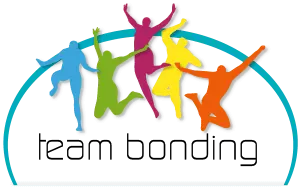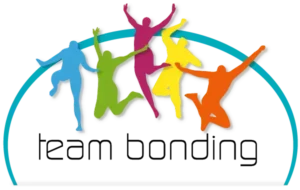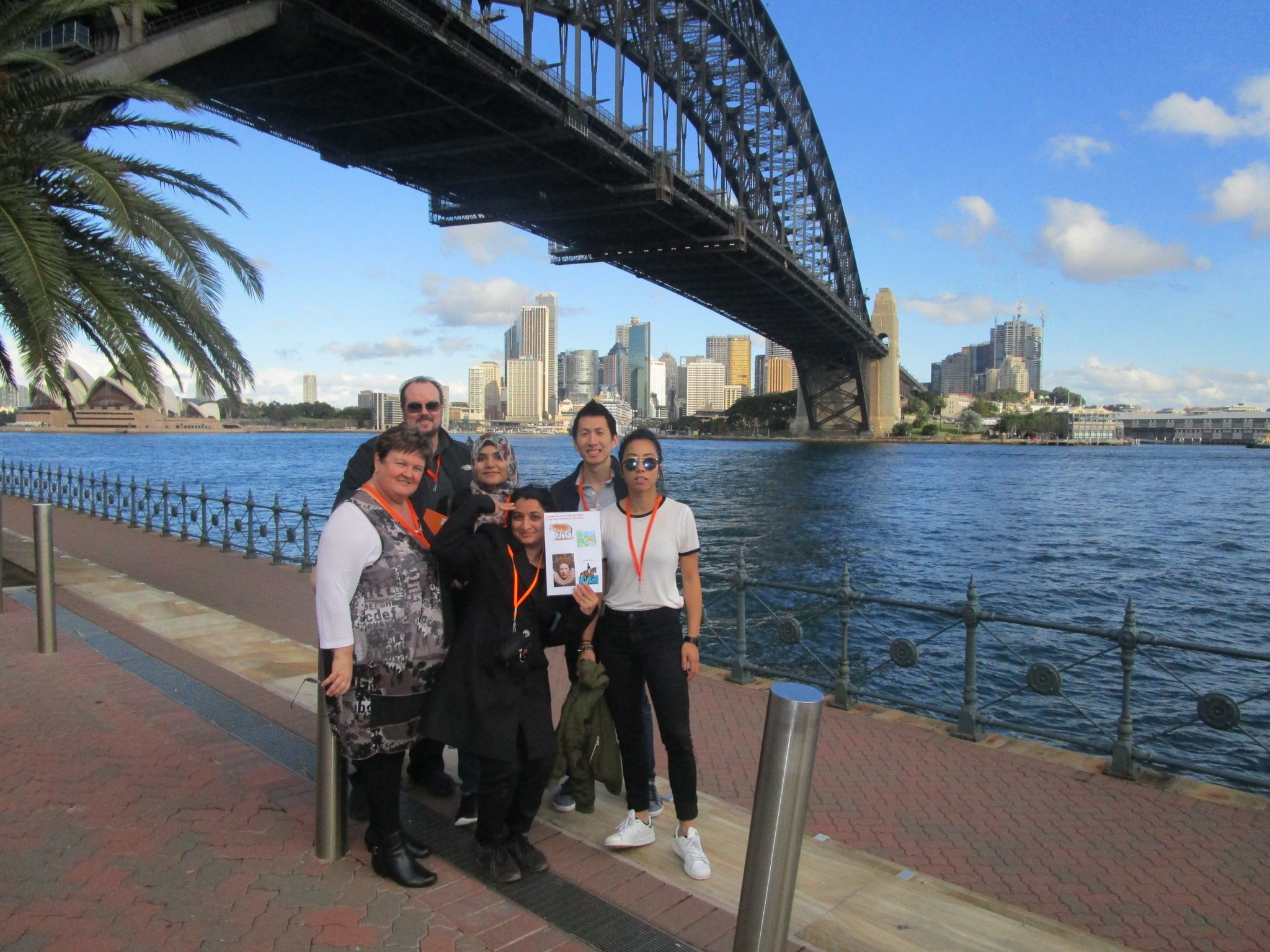At Team Bonding, we’ve worked with hundreds of teams and observed some key success factors that create brilliant events with lasting positive impacts from your investment in Team Building. The keys to success are understanding the following:
What are the goals of the event? What do you want to achieve?
Some common goals that we hear are:
Pure fun/reward after a period of hard work
A mental or physical break from day to day routine and/or a desire to see team members in another light
A perceived need for new challenges or to motivate competition
A new or changing team getting established and need to get to know each other better
Need to enhance communication and/or teamwork
Specific themes, messages or behaviour to embed
Needing some deeper team issues addressed
What is your team likely to enjoy?
If it is your role to choose a team building event, think about the following:
Who are your people? (Particularly age, gender and physical capability)
What do they like to do outside of work? What represents fun for your team?
Are they oriented towards competing or working harmoniously?
How well do they know each other?
Logistics
Will they enjoy getting outdoors? (Think about possible hot/cold or wet weather)
What is the size of the group (many events align better with large or small groups)
Do you want to do a day or evening event?
Inside or outside of work hours?
Finally, what is your budget?
At Team Bonding, we’ve constructed a simple “tick box” decision matrix that will help you consider these criteria against our bestselling events.
Once you’ve identified the perfect event, there are simple approaches that will improve the chances of success, these are the “best practices” we’ve identified:
1.Highly involved team leader/s
By far the most effective leadership approach is “immersion” – ie the leader enthusiastically participates with a team.
Some managers decide to watch rather than participate – this is not something we encourage as it can promote “us and them” and, though generally unintentional, indicates a resistance to getting involved with co-workers.
2. Build Anticipation
Many clients choose to disguise the specifics of the activity from participants but do use intrigue in the invitation. For our competitive events the subgroups are often pre-designated and some teams choose to dress in costumes, a simpler alternative is to allocate each team a colour and ask everyone to co-ordinate. Our recent Pyrmont Amazing Race with Ernst & Young used this approach –the green team look great!
3.Have Fun with the Prize Announcement
For our competitive events, the winning team announcement provides an opportunity for team leaders to build suspense, have a laugh, embed a message or share experiences. The best approach we’ve seen was by Carl Dennis of WHK in Melbourne (City Amazing Race) who asked each team to relate their funniest experiences – thanks Carl, we now suggest your approach to other team leaders.
4.Create a Visual Reminder Back at Work
Team Bonding sends most clients pictures after their event. These can be uploaded to an intranet or displayed in a collage as a constant reminder of a fun day. Our “Artworks!” event creates a permanent legacy of a message via an artwork that can be displayed.
See our webpage Activities for the fun things you could be enjoying with your workplace team.



